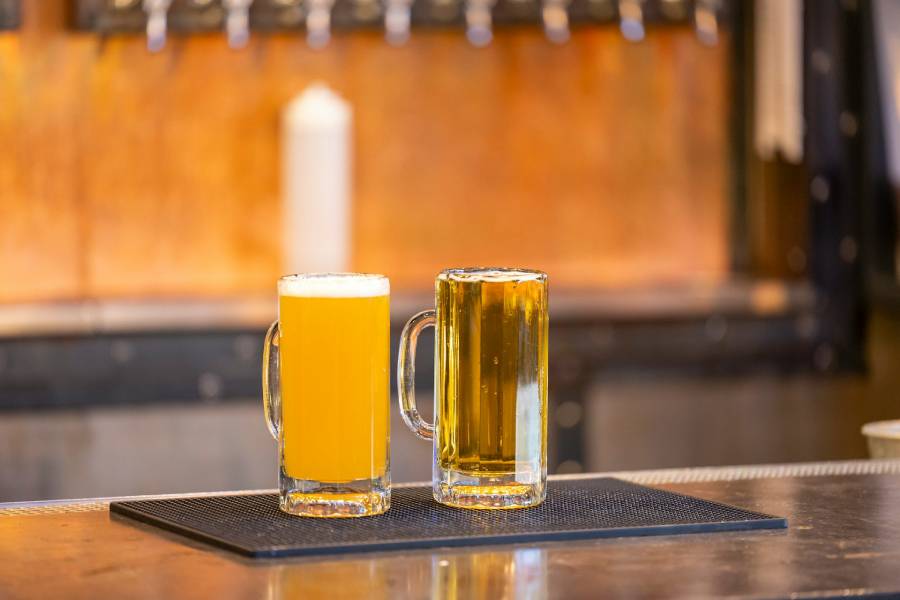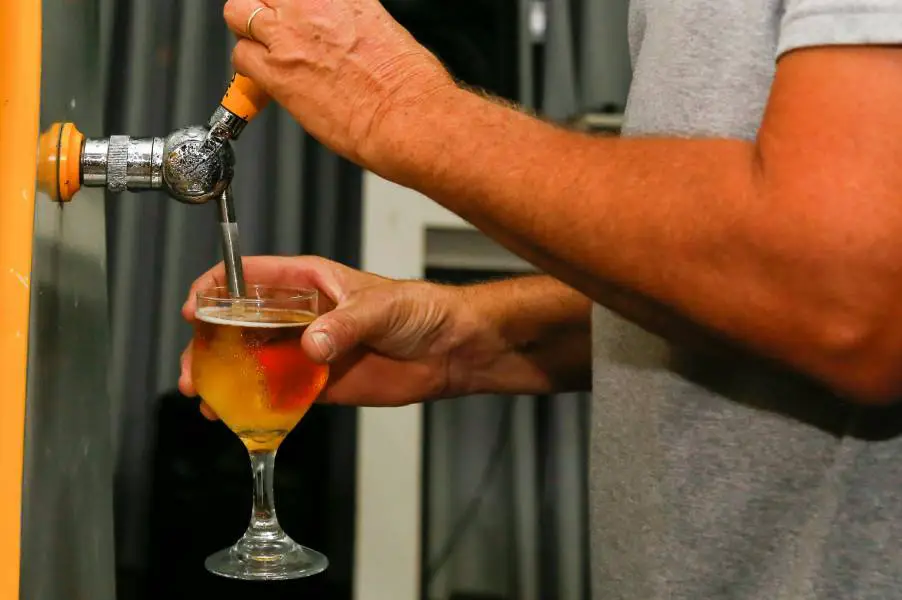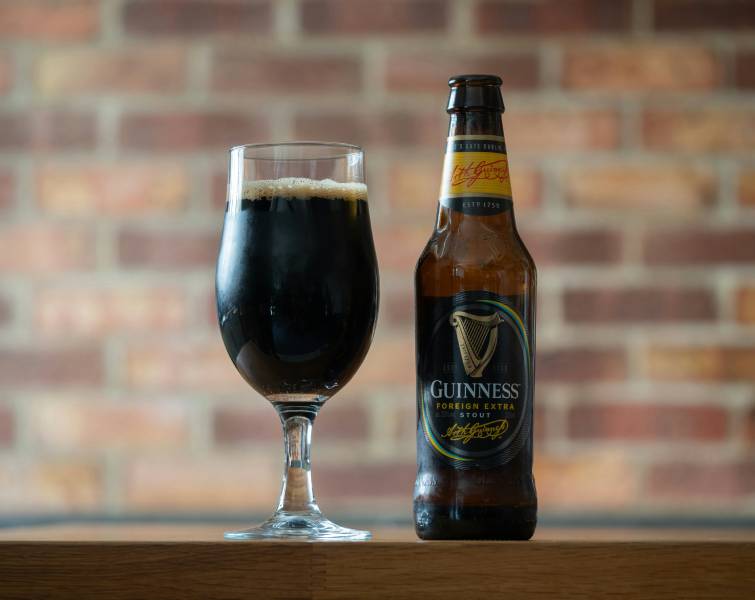Sparge vs Mash Out is a common topic of debate among homebrewers and professionals alike. These two techniques play a significant role in the brewing process, each influencing the outcome in unique ways. Knowing when and how to use them can make a noticeable difference in your brew’s final result.
Sparge vs Mash Out Overview
Sparge and mash out are two beer brewing processes that significantly influence the flavor and efficiency of the brew. Both methods are applied at different stages of brewing, each affecting how sugars and enzymes interact. These processes require careful attention to timing and temperature, impacting the overall beer-making experience.
While sparge and mash out are distinct, they share the common goal of optimizing the brewing process. Each technique plays a role in extracting sugars from the grains and preparing the wort for fermentation.
Sparge Overview
Sparging (also known as lautering) is the practice of sprinkling hot water over the grain bed to extract a sweet liquid called wort. The process is used carefully in all-grain brewing to avoid extracting puckering tannins that could cause astringency or bitter flavor in beer. Tannins can also cause a chill haze in beer when they react with protein and peptides in the wort.
Sparging is typically done after mashing, where the malted grains have been mixed with hot water. This mixing with hot water helps to activate enzymes that break down starches into fermentable sugars. The ideal temperature for sparging ranges from 165 to 172 degrees Fahrenhaeit. This temperature range helps maintain enzyme activity while avoiding excessive tannin extraction.
Although sparging is not a “must” process in brewing, it helps extract as much fermentable sugar as possible. This helps in achieving the target final gravity of your beer. Generally, the amount of water needed for sparging depends on various factors, such as the amount of grain used, the desired wort volume, and the system’s efficiency. Make sure to use enough water to avoid over-diluting the wort.
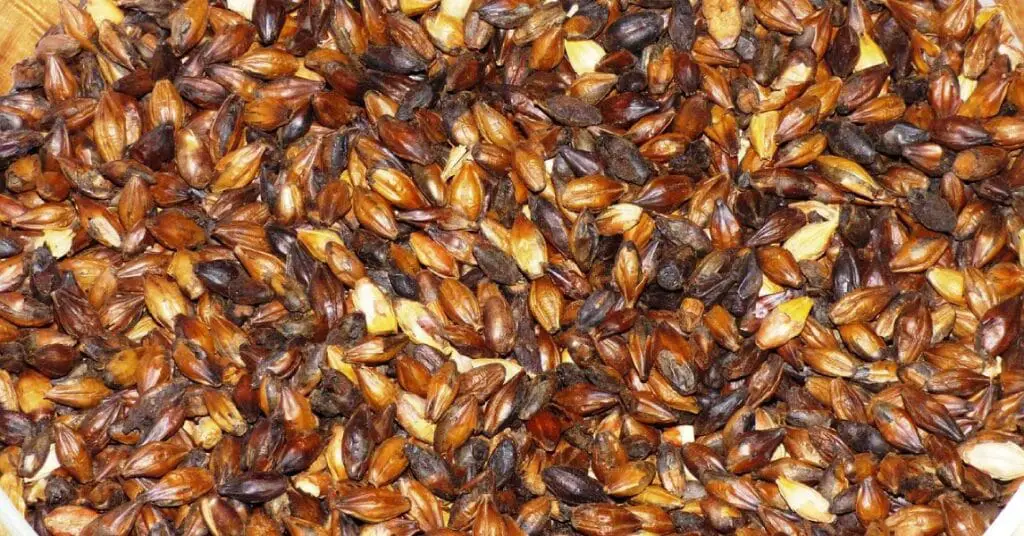
There are three types of sparging:
- Fly Sparge: In fly sparging, hot water is continuously and slowly sprinkled or sprayed over the grain bed using a sparging arm. This method requires a consistent flow rate to avoid channelling and ensure even rinsing. Fly sparge take 45 to 90 minutes. The longer the time, the more sugar is extracted from the grains.
- Batch Sparge: In this method, the mash is first drained, and then a specific amount of hot water is added to the grains to rinse them. The resulting wort is collected separately (in a mash tun) and combined with the initial runoff. This method takes about 3 to 5 minutes per batch to drain off.
- English/ No sparge method: This method involves adding the needed water to the mash tun once, mixing with grains and draining after mashing to collect the wort. The method needs about 10 minutes to add additional water and drain off.
Pros of Sparging
- Increased Sugar Extraction: Sparging allows for more efficient extraction of fermentable sugars from the mashed grains. This results in higher wort yields and potentially stronger beers.
- Enhanced Wort Clarity: Proper sparging can lead to clearer wort by rinsing away residual particles and minimizing grain solids in the final product.
- Improved Efficiency: By rinsing the grains, sparging maximizes the utilization of malt, making it an economical brewing method.
- Better Control: Sparging allows brewers to fine-tune the process, adjusting variables like sparge water temperature and flow rate to achieve desired results.
Cons of Sparging
- Time-Consuming: Sparging can add considerable time to brewing, particularly in fly sparging, where the water is added gradually.
- Risk of Tannin Extraction: If the sparging water is too hot or prolonged, tannins from the grain husks can be extracted, leading to astringency and undesirable flavors.
- Potential for Channeling: Uneven sparging can create channels in the grain bed, leading to uneven extraction and reducing overall efficiency.
Mash Out Overview
Mash out involves raising the mash temperature to 170 degrees Fahrenheit to halt the enzymatic conversion of starch to fermentable sugar. This makes it easier to fix the sugar profile and enables the extraction of sweet wort from the mashed grains during lautering. It is a process that occurs at the end of the mashing phase.
The process of mash-out is relatively simple. After mashing is complete, the temperature of the mash is raised to a specific range, typically between 168-170 degrees Fahrenheit. This temperature is maintained for a short period, usually around 10 to 15 minutes.
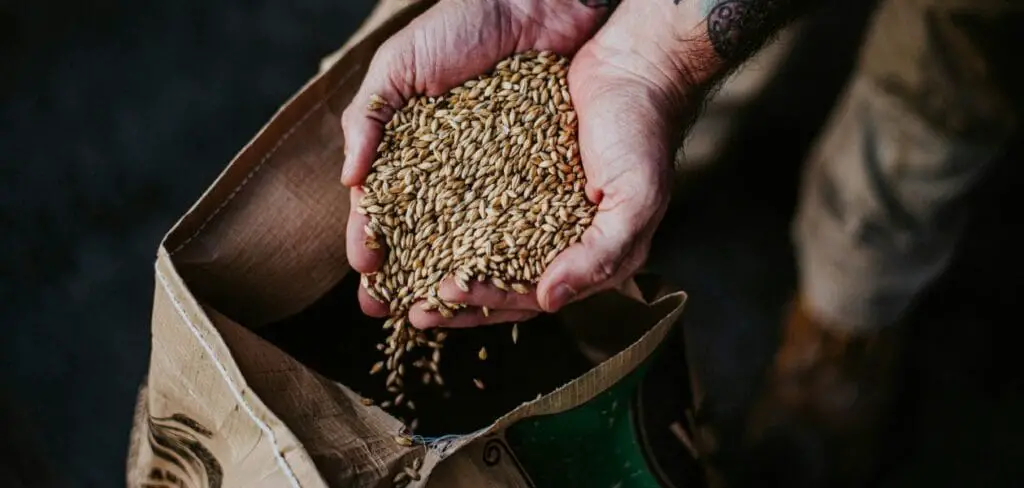
The amount of hot water needed for mash-out depends on factors like the mash thickness and desired temperature increase. Typically, the amount is calculated based on the thermal capacity of the mash tun and the temperature difference required to reach the desired mash-out temperature. There are three different methods to achieve mash-out:
- Direct Heat: The mash tun is directly heated to reach the desired mash-out temperature. Care should be taken to avoid scorching the grains.
- Decoction: A portion of the thick mash is removed and heated separately before being added to the main mash to raise the temperature.
- Single Infusion: Hot water is added to the mash to increase its temperature to the mash-out range.
Pros of Mash Out
- Enzyme Deactivation: Mash out stops the enzymatic activity, preventing further sugar conversion. This ensures a consistent and predictable sugar profile for fermentation.
- Improved Wort Extractability: By raising the temperature, mash-out reduces the viscosity of the mash, making it easier to extract the sweet wort during lautering.
- Enhanced Wort Clarity: The denaturing of enzymes can improve wort clarity by reducing the presence of haze-causing proteins and starches.
Cons of Mash Out
- Additional Time and Complexity: Mash-out adds extra time and steps to brewing. This makes it more complex, especially for beginners.
- Equipment Limitations: Some homebrew setups or smaller-scale breweries might lack the means to heat the mash to the desired mash-out temperature.
Comparison Between Sparge and Mas Out
Here are the similarities and differences of sparge and mash out:
Similarities
- Both are essential parts of brewing and occur after the mashing phase is complete.
- Both involve raising the temperature of the mash. Sparging is raised to 172 degrees Fahrenheit, while mash out is raised to 170 degrees Fahrenheit.
- Both play a role in improving wort clarity and maximizing sugar extraction efficiency.
- Both aim to prepare the wort for the next stage of the brewing process, which is usually lautering and boiling.
- Both require proper attention to ensure no bacteria is introduced into the wort. Remember, contaminants can interfere with the flavor of your beer.
Differences
- Sparge increases wort yield and sugar extraction efficiency, while mash out deactivates enzymes and stabilizes the sugar profile for consistent fermentation.
- Sparge involves adding hot water to the mash to rinse the grains and collect the sweet wort. On the other hand, mash out involves raising the mash temperature to denature enzymes.
- The temperature range for mash-out is usually around 168-170°F, while that of sparging is usually 165-172°F.
The Major Distinguishing Factor
The major distinguishing factor between mash out and sparge is their purpose and timing in brewing. Mash out occurs after mashing but before lautering, where the temperature is raised to halt enzymatic activity. On the other hand, sparge takes place after mashing and after lautering, involving rinsing the grains with hot water to maximize sugar extraction.
When to Use Mash Out
The best time to use mash out is when you want to raise the mash temperature to halt enzymatic activity. This helps prevent further sugar conversion and enhances a consistent and predictable sugar profile for fermentation.
When to Use Sparge
The best time to use sparge in brewing is when you want to extract as much sugar as possible from the grain. This enhances higher wort yields and potentially stronger beers. It means there will be enough sugar for the yeast to work on and produce beer with high alcohol content.
Which Is Better: Sparge vs Mash Out?
The better option between the two is sparging. This is because it allows brewers to extract as much fermentable sugar as possible from the grain. More sugar in the wort means there is enough food for yeast to consume and produce alcohol and carbon dioxide.

Frequently Asked Questions
What Is the Difference Between Mash in and Mash Out?
Mash in is the initial step of mixing hot water with malted grains to begin the enzymatic starch conversion. On the other hand, mash out occurs after mashing to raise the temperature and stop enzymatic activity.
What Is the Main Goal of Sparging?
The main goal of sparging is to extract the sugars created by the mashing process to create wort. After creating wort, hops are added to balance the sweetness, and then it is boiled again. After boiling, the wort is rapidly cooled, and yeast is added to enhance fermentation.
What Is the Best PH for Sparge Water?
The ideal PH for sparge water should always be below 6 to ensure you have a flavorful beer. A higher PH can lead to extraction of tannins, silicates, and other undesirable compounds from the grain. These compounds can create astringent, hazy and cloudy beer.
Conclusion
Sparge and mash out are essential steps in the beer brewing process, each serving distinct purposes. Sparge enhances sugar extraction by rinsing the grains while mash out deactivates enzymes to stabilize the sugar profile. Understanding their differences allows brewers to optimize efficiency and achieve desired wort characteristics during brewing.



